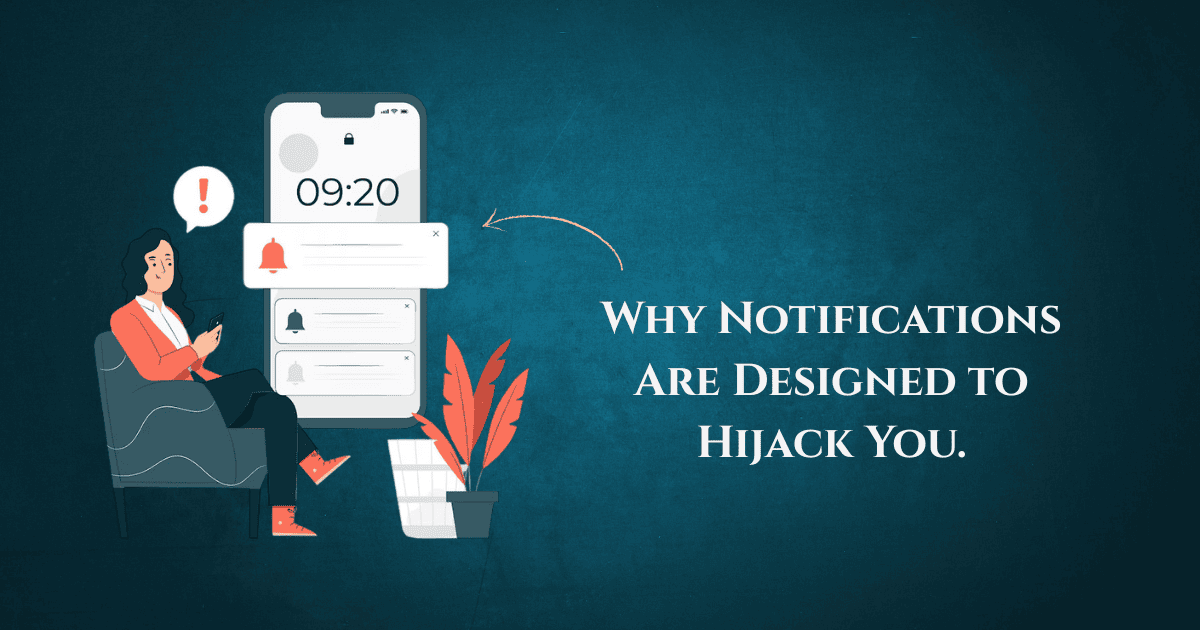Discover why nostalgia marketing connects deeply with audiences, boosts sales, and creates emotional loyalty. Learn how brands use the past to win the future.
Introduction
Nostalgia marketing is not just a trend; it is a powerful strategy that taps into people’s fond memories, emotions, and sense of comfort. In a world where consumers are overwhelmed with new choices every day, nostalgia offers familiarity and a connection to a simpler time. But why does it work so well? Let’s dive into the emotional and psychological reasons behind the success of nostalgia marketing.
The Psychology of Nostalgia
Nostalgia triggers positive emotions by reminding people of happy times from their past. Studies show that when individuals recall pleasant memories, their brains release dopamine, a chemical linked to pleasure and motivation. Brands that successfully use nostalgia make consumers feel good, and positive emotions naturally lead to stronger brand loyalty and higher purchasing rates.
Building Emotional Connections
Today’s consumers, especially Millennials and Gen Z, prefer emotional connections with brands over simple transactions. Nostalgia marketing helps brands build trust and authenticity. When a brand references a beloved cartoon, a popular 90s TV show, or a classic product design, it becomes relatable and human in the eyes of its audience.
The Comfort of the Familiar
In uncertain times, such as economic instability, global issues, or rapid technological change, people seek comfort in what they already know and love. Nostalgia offers a safe escape. Brands that bring back old packaging, revive classic campaigns, or reintroduce vintage products tap into this powerful desire for stability.
Case Studies of Successful Nostalgia Marketing
Many brands have mastered nostalgia marketing. Coca-Cola frequently brings back its vintage designs during special editions. Netflix’s series “Stranger Things” is built around 80s nostalgia, creating a massive global fan base. Even fast food chains like McDonald’s have reintroduced old menu items to spark memories and drive sales. These examples show that when done authentically, nostalgia can reignite brand loyalty.
Why It Works Better Today Than Before
Social media has amplified the impact of nostalgia marketing. Memes, throwback posts, and viral challenges constantly remind users of past decades. Brands can easily insert themselves into these conversations with campaigns that celebrate the past. Today’s consumers not only remember but share their memories, giving brands free organic reach.
Challenges and Risks in Nostalgia Marketing
While nostalgia can be powerful, it must be handled carefully. Forced or insincere attempts can backfire and make a brand look opportunistic. It is essential to ensure that the nostalgic reference still aligns with today’s values and expectations. For example, reviving old ads that had outdated stereotypes would likely face backlash today.
The Future of Nostalgia Marketing
As generations evolve, so will nostalgia marketing. What Millennials find nostalgic today will eventually shift to what Gen Z and younger generations feel attached to tomorrow. Brands must stay tuned to which memories resonate with which age groups and update their strategies accordingly.
Conclusion
Nostalgia marketing works because it connects on a human level. It leverages memories, emotions, and comfort to build strong, lasting relationships with consumers. When used authentically and creatively, nostalgia can turn casual buyers into lifelong brand advocates.










